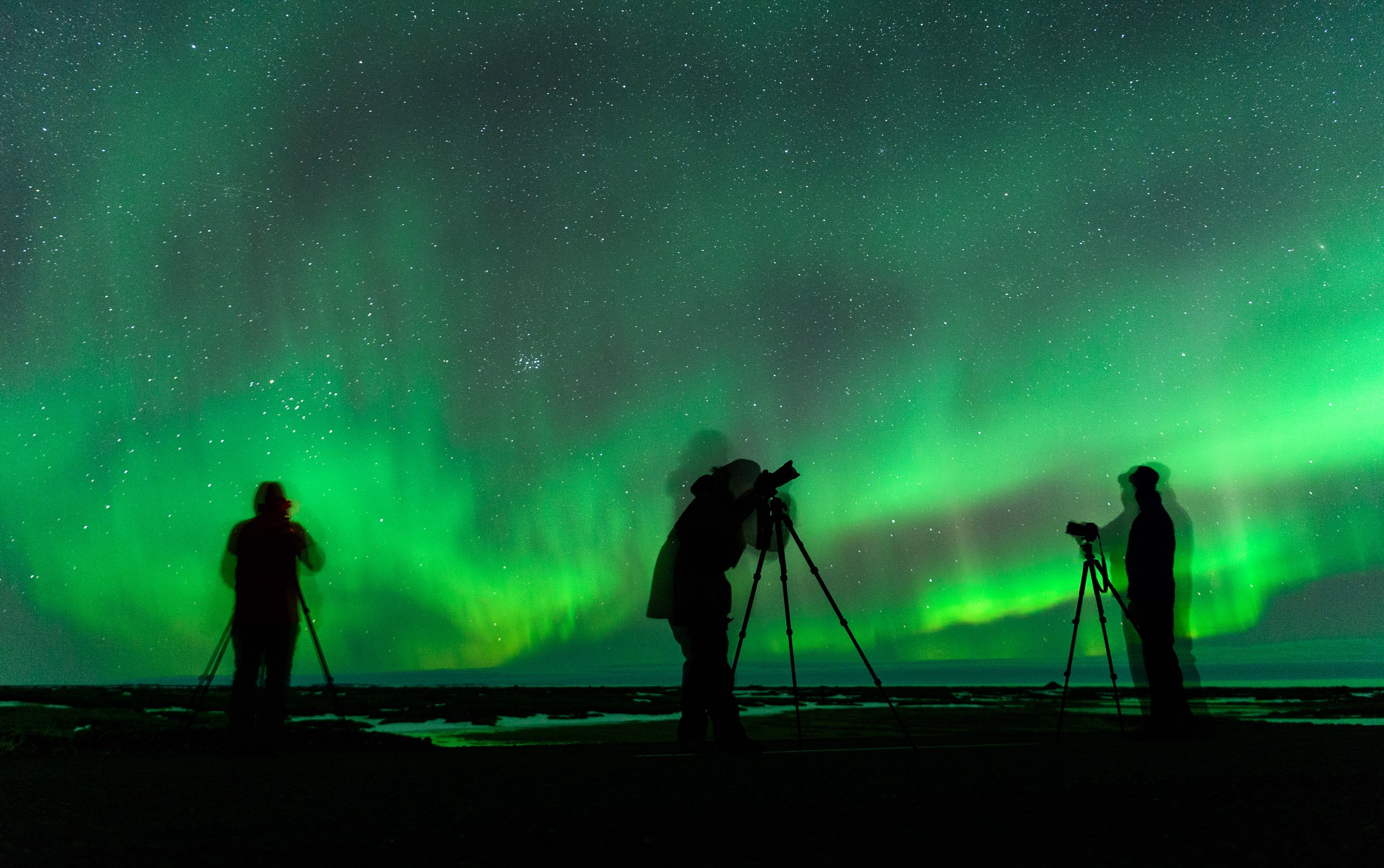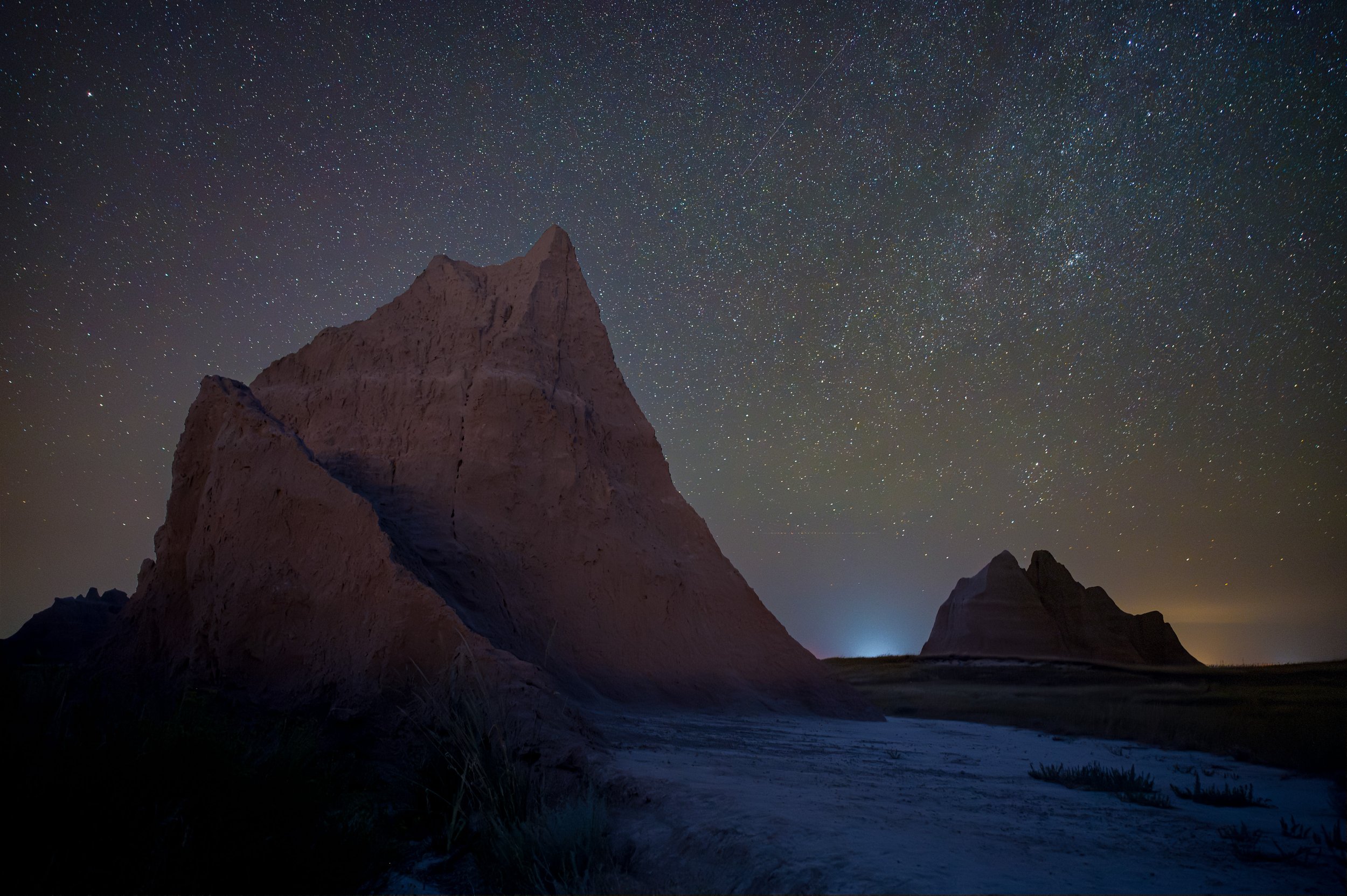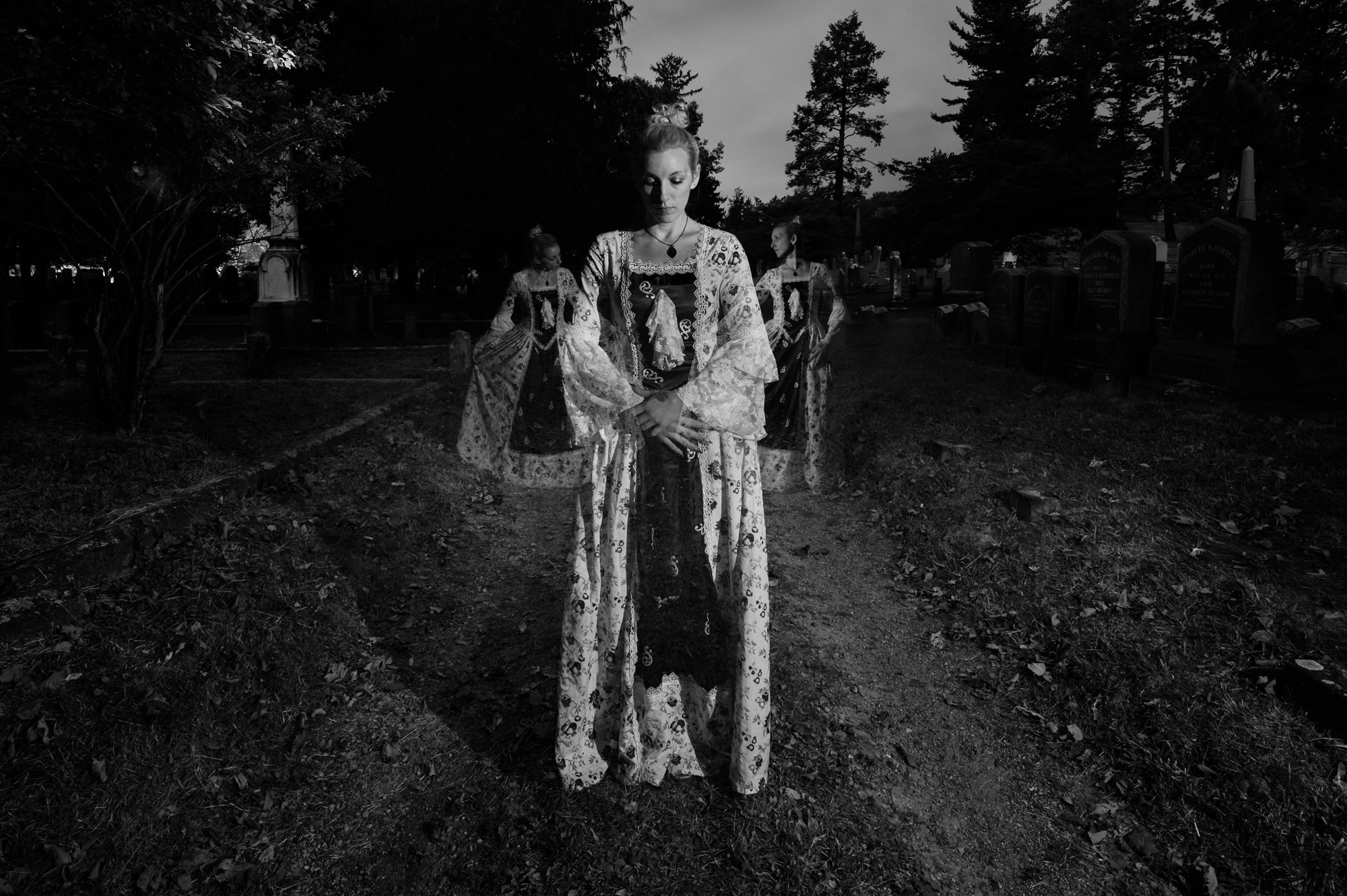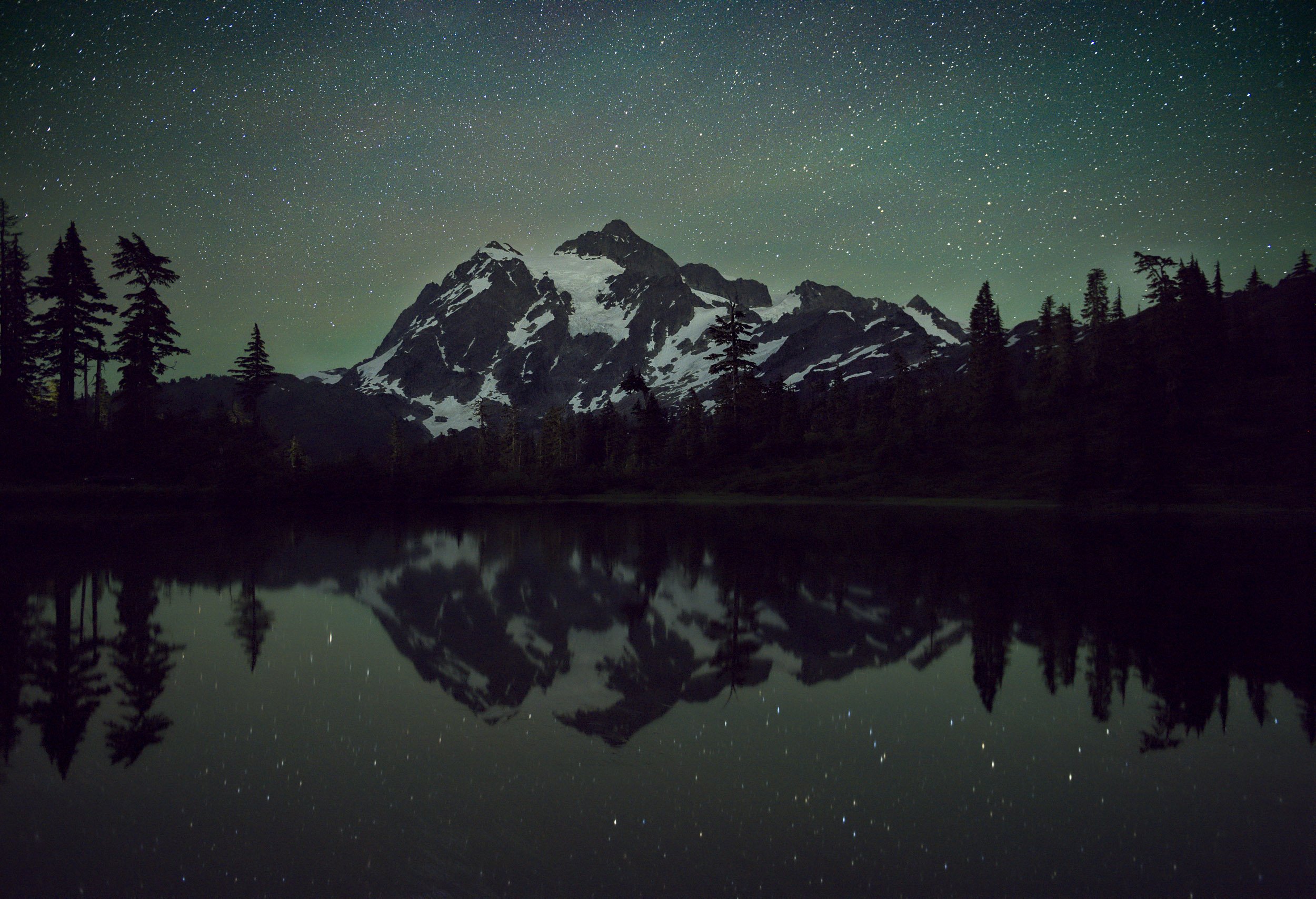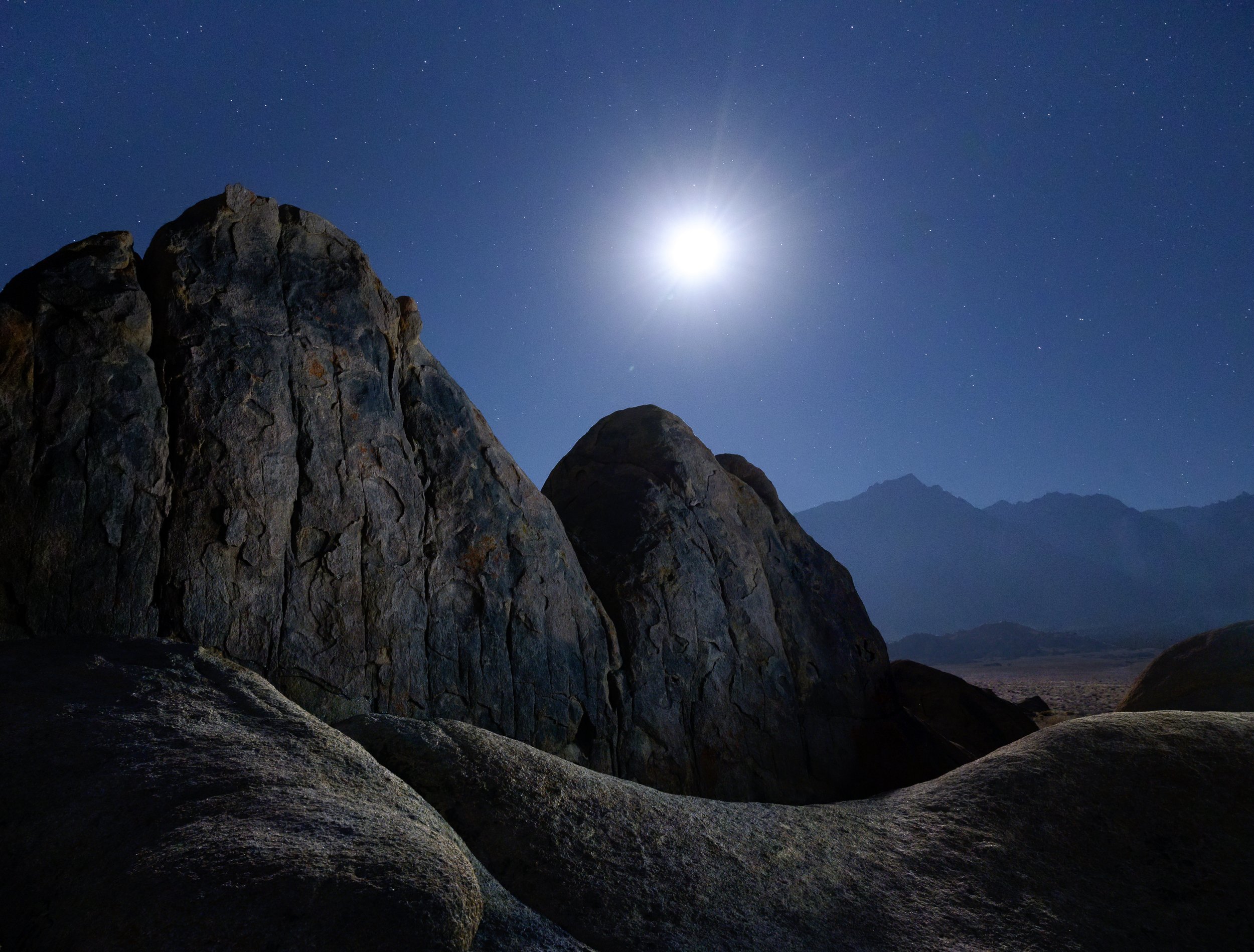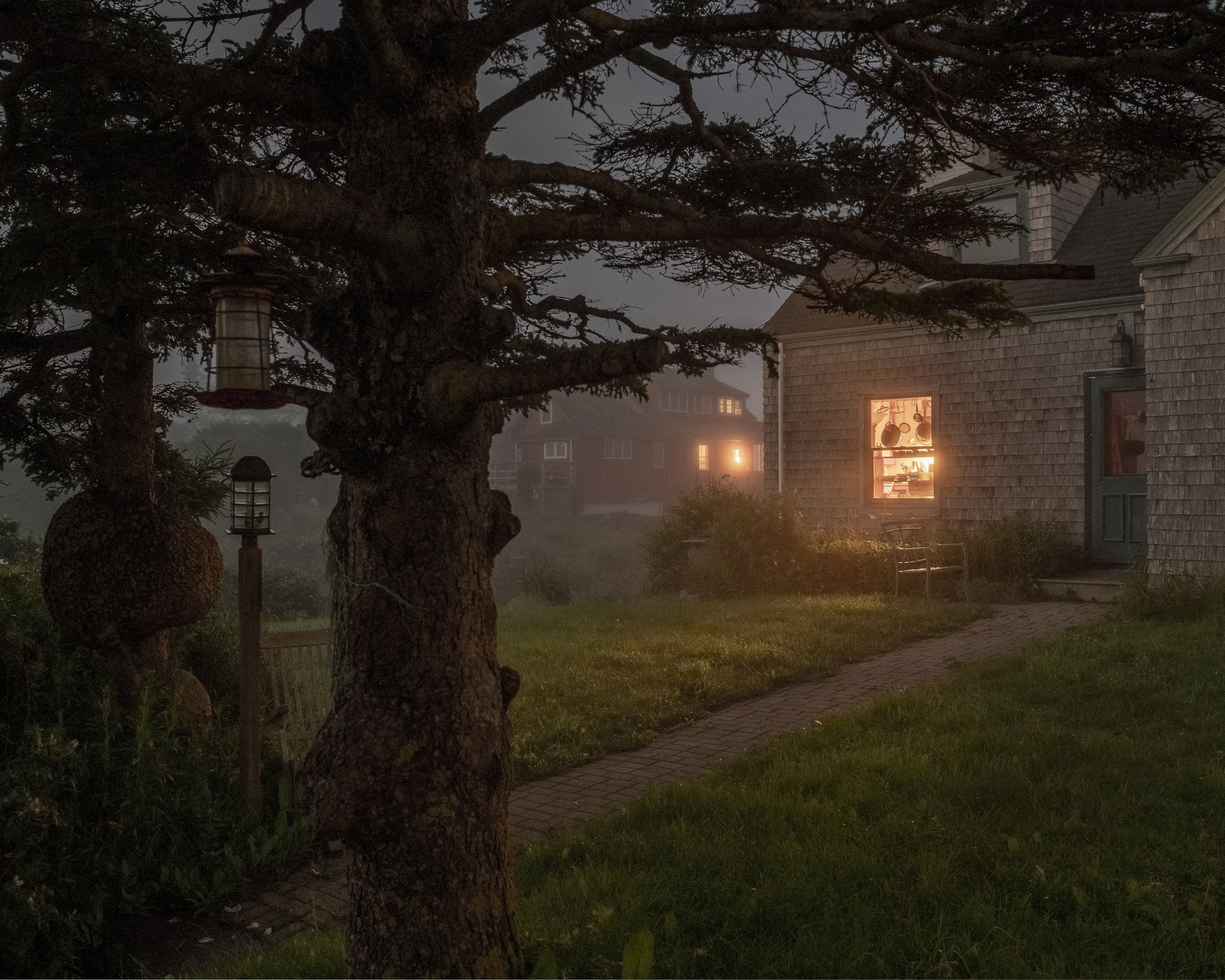Last week was International Dark Sky Week. Did you get out and enjoy the stars?
I did. In fact, I even got to enjoy a night in South Carolina’s Congaree National Park. Congaree is only half an hour outside the state capital of Columbia, but getting even just that far away from a city can make a big difference in how we see the night sky. In fact, it makes all the difference in the world.
And getting even further away? That can make all the difference in the universe.
Congaree National Park, © 2016 Chris Nicholson
I grew up in southern Connecticut, part of the New York City Metropolitan Area. We weren’t in the city, but kind of in night-sky limbo—far enough away from NYC to see a decent sky, but not far enough to see the best. So in my nightly experience, I knew the sky had stars, but not quite how many.
I also did a lot of camping as a kid—with my dad, with my family, with Boy Scouts. We even did some camping in the national parks, especially in Great Smoky Mountains. I’m sure during those experiences I looked up at night, but the first time I vividly remember “seeing” how magnificent a starry sky truly can be, the first time I had that "supernova" moment, was in upstate New York on August 7, 1993. On a night stroll, I came to a clearing in the trees, gazed skyward and had this profound realization that I could see—actually see—the Milky Way.
I once heard astrophysicist Neil deGrasse Tyson tell a similarly themed story about when he was a kid, growing up in the Bronx, very near the bright lights of Manhattan, thinking that there were only a handful of stars in the sky. When he learned how many were really there, that’s when his love of the universe began to dawn.
You could probably get any astronomer to relay such an experience, but another that I find particularly interesting is Tyler Nordgren, who we interviewed for the NPAN blog back in February. (See “Astronomer Tyler Nordgren Discusses Night Skies of the National Parks.”)
I’ve been reading Tyler’s book Stars Above, Earth Below: A Guide to Astronomy in the National Parks. In the introduction he writes about how the parks are famed for preserving wild animals, beautiful landscapes, grand forests, amazing rock formations, and so on. But another preserved feature that many people don’t think about in those terms is the night sky.
And it’s absolutely true. So much of the civilized world is so lit up that in most inhabited places we can’t see the sky the way that our ancestors did for 200,000 years. But in many national parks, we can. Those dark skies are there for us, preserved very close to their natural, dazzling, awe-inspiring state.
As I mentioned before, Congaree has some wonderful night skies. So does Olympic, Everglades, Grand Teton, Yellowstone, Great Smoky Mountains, Joshua Tree. … The list goes on and on, perhaps right to 59 parks long.
Death Valley National Park, © 2016 Chris Nicholson
Moreover, Death Valley, Big Bend and Capitol Reef are designated as Gold Tier dark sky parks by the International Dark-Sky Association. Additionally, Canyonlands and Black Canyon of the Gunnison are also certified as dark sky parks by the IDA. That’s right, five of the U.S. national parks are considered among the very best in the world at preserving pristine night skies.
With all these great places to see and photograph under the gentle light of the universe, how does anyone sleep at night?



